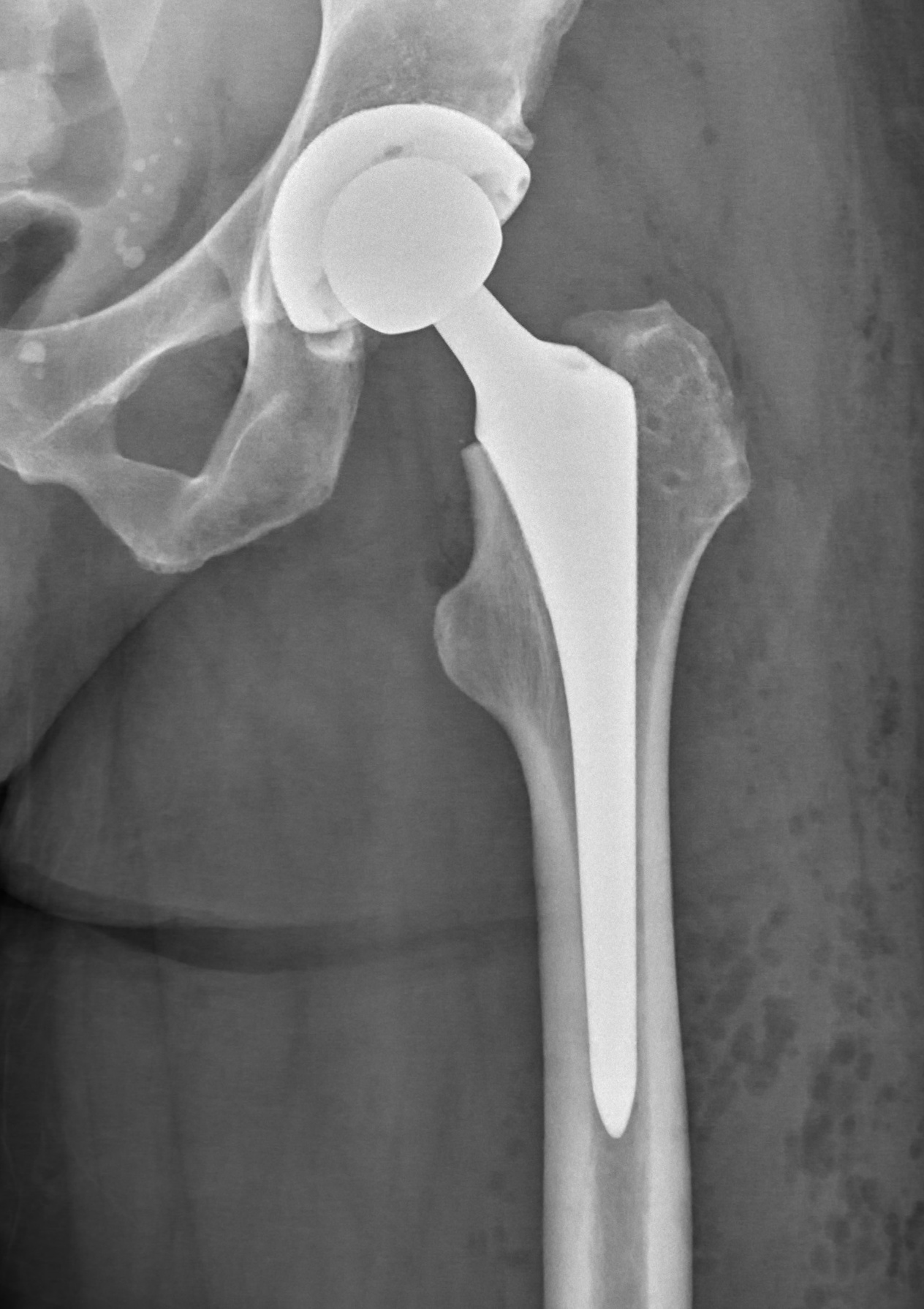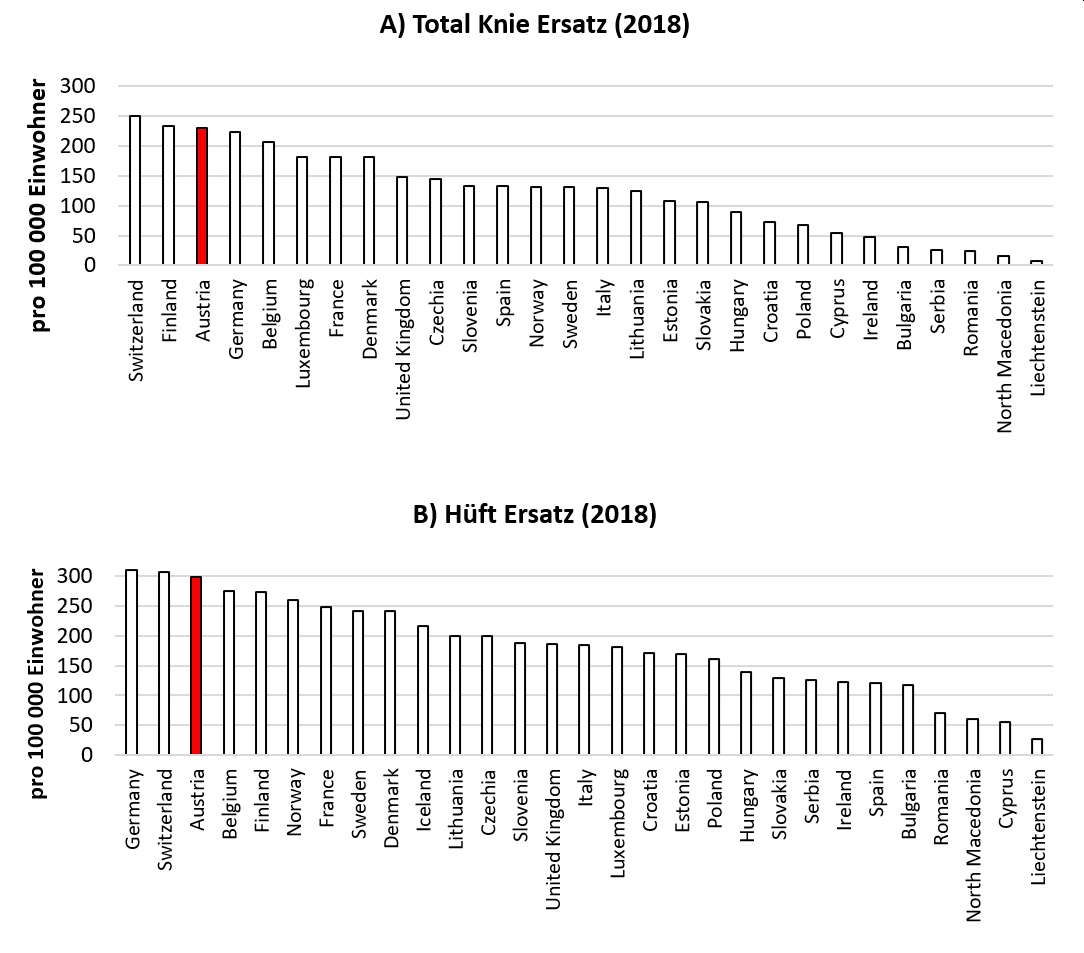AMB-REMOB
Outpatient remobilization after total knee and hip arthroplasties
In the program region, the incidence of hip and knee replacement is high compared to Europe. In recent years there have been advances in surgical technique and rehabilitation, but long waiting times for inpatient rehabilitation. The aim of the project is to develop an alternative and cheaper treatment scheme the early outpatient remobilization. Another advantage of early remobilization close to home is that patients remain in their familiar social environment and this therefore supports rapid re-integration into everyday life. The project is carried out in cooperation with orthopedic and traumatology departments of acute hospitals and social insurance and health insurance companies in the program region. The results of the project will be made publicly available and disseminated further into practice by the strategic partners.
Project Partners:
Ludwig Boltzmann Gesellschaft – Ludwig Boltzmann Institute for Rehabilitation Research
Komenius Universität in Bratislava – Fakultät für Körpererziehung und Sport
Program: INTERREG SK-AT
Funding Source: EFRE
Duration: 01.04.2021 – 31.12.2022
Outcome Research
Chronic diseases are increasing in modern society as the population ages.
The severity of the underlying diseases and the expectation that physical function can be restored determine the need for rehabilitation. Rehabilitation is an important component of the Austrian health care system with very good treatment outcomes, but action is needed to keep pace with current demands. Outcome measures are widely used in health care, but there are no current and published results on medical outcomes, control groups or specific reference values in Austria. There is no satisfactory documentation of patient progress, nor is the sustainability of rehabilitative treatment verified in practice.
Therefore, our goal is to track the patient’s health status in the rehabilitation process after a critical event (surgery, injury) or in the case of a chronic disease through all stages of further development, focusing on existing opportunities, routine outcome measures, and critical success factors (such as sex, gender, age, lifestyle, comorbidities and baseline values) and their sustainability.
Learning and development occur at all stages, between and within stakeholders, at personal, methodological, and institutional levels. Monitoring the course of recovery and identifying potentially relevant factors and methods for improvement will add new aspects of rehabilitation research to clinical practice.


